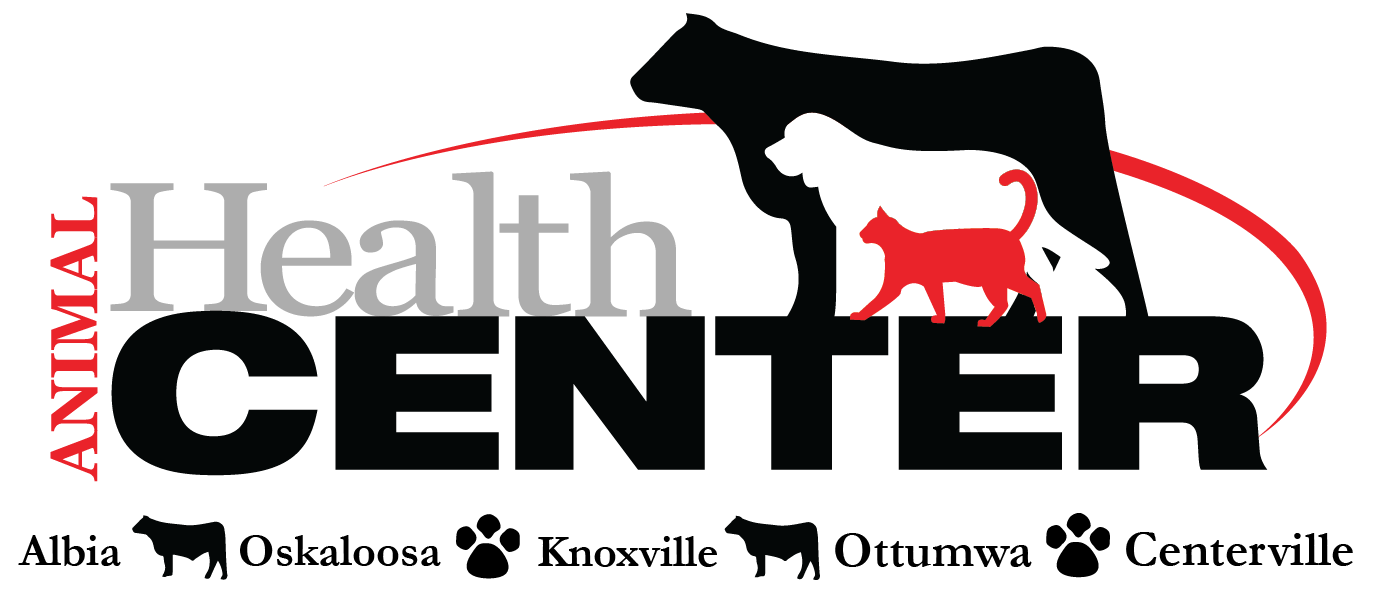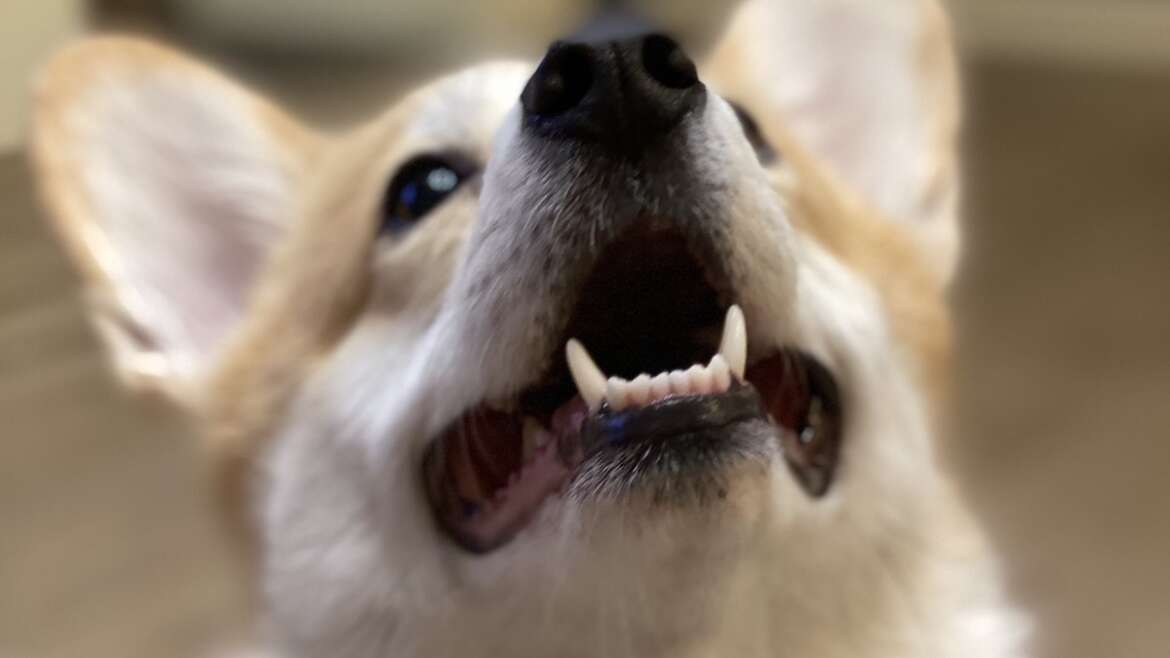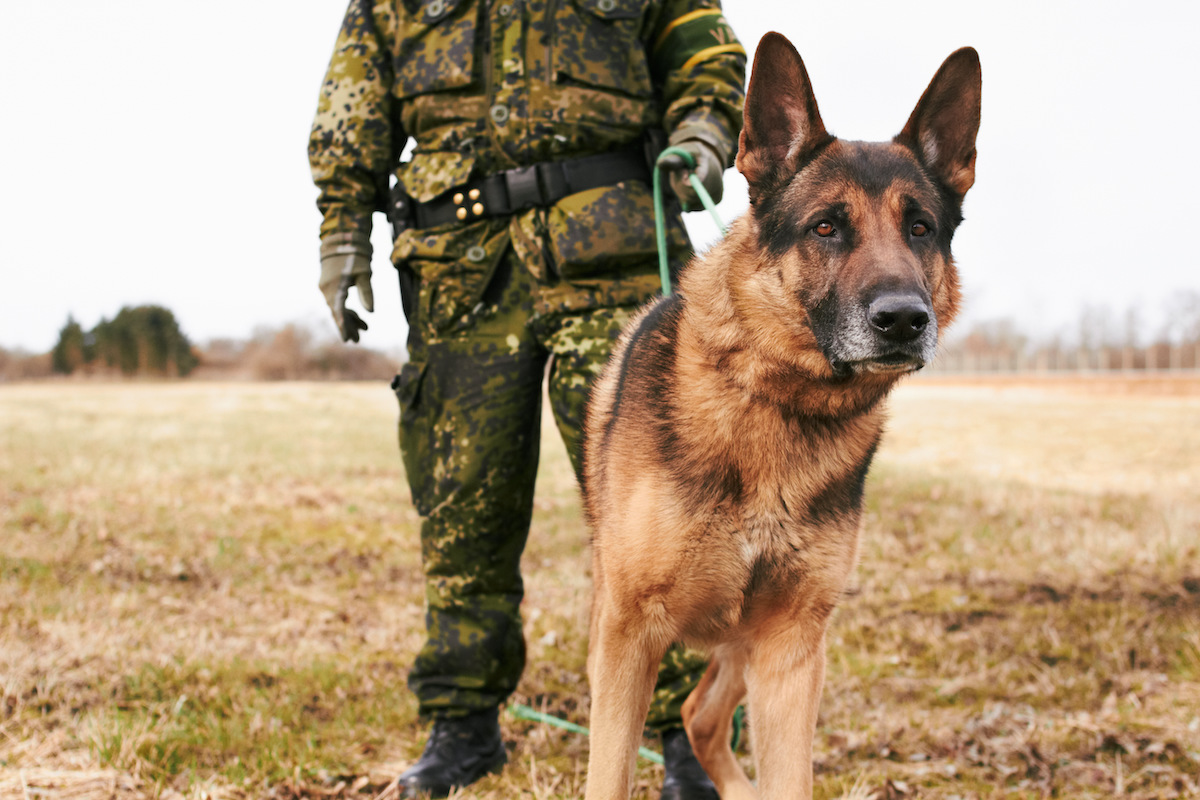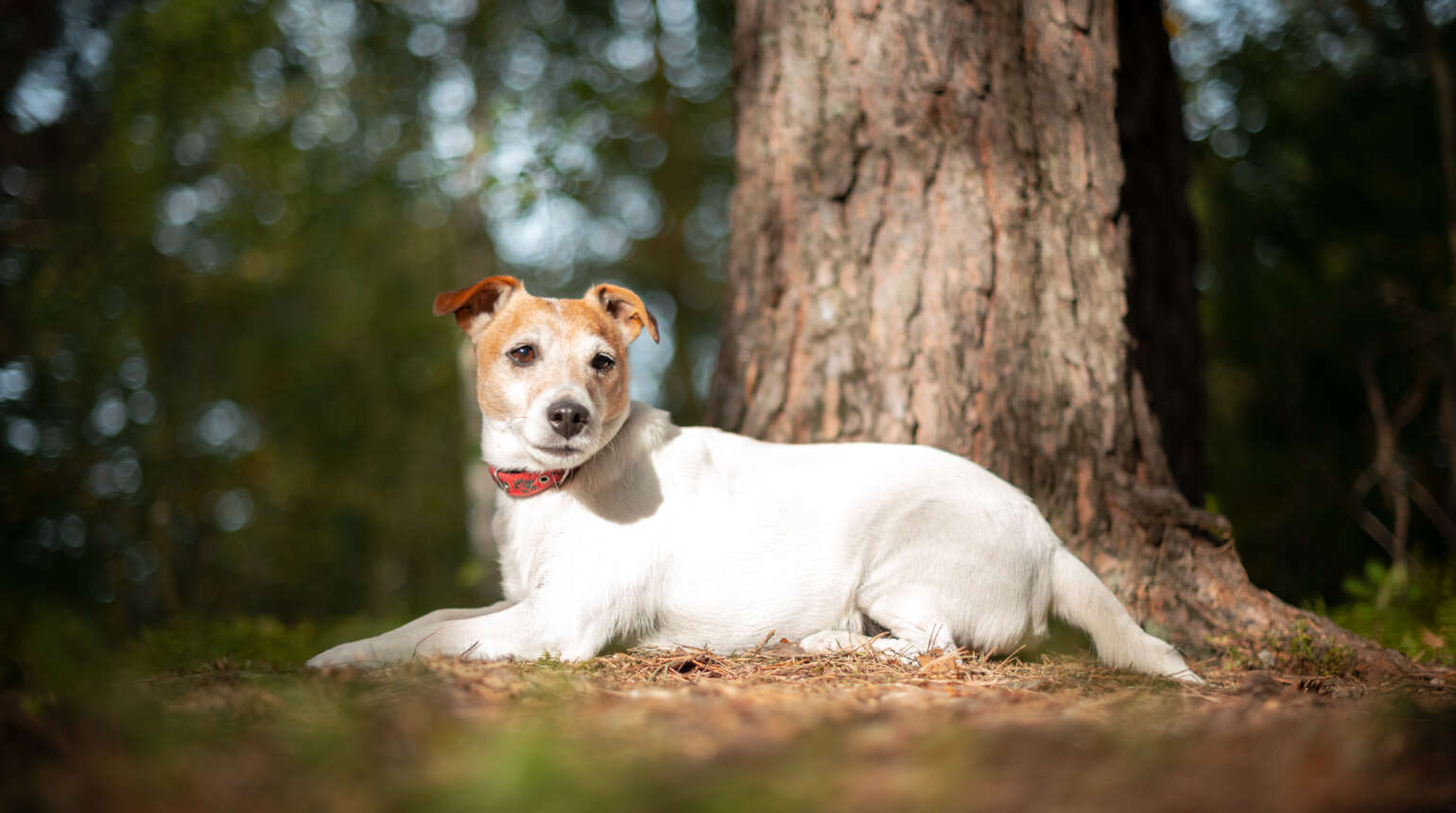Brushing your dog’s teeth might not be a task you think of frequently (that is until they whip around and take a bite of their feces). What you may not realize is that “dog breath” should not be synonymous with stinky! Good oral hygiene is not only imperative to keep their teeth strong and in good condition, but also for your dog’s overall health. The bacteria found in tartar can erode your dog’s teeth, and even enter your pet’s bloodstream causing heart, kidney or liver disease.
Here are some dos and don’ts to keep in mind to tackle this often tumultuous task:
DO: Brush Their Teeth Frequently
It is recommended to brush your dog’s teeth daily, but aiming for a thorough brushing two to three times a week is more realistic for busy pet parents. The more you brush your pet’s teeth, the better! And, it’s never too late to start adding this healthy habit into your routine.
DON’T: Use Human Toothpaste
Purchase dog-specific toothpaste for brushing your pet’s teeth – you can get some at your local Animal Health Center or from our online pharmacy. Human toothpaste contains fluoride that can be toxic in high doses. Your dog doesn’t understand “swish and spit,” so pet toothpaste is developed to be safe to swallow, sans fluoride! A few brands of toothpaste also have xylitol in it, which is an artificial sweetener that is also dangerous to dogs.
DO: Start Slow and Stay Calm
Dogs aren’t always receptive to staying still for a good brushing, let alone having something in their mouth they are not supposed to bite or play with. Kneel or sit down next to your dog in a non-threatening position and gauge their anxiety level before beginning to brush their teeth. Lift their upper lip and place the bristles at their gum line. Use a circular motion to clean the tops, bottoms and backs of their teeth. It may take a while to get your pet used to the process.
DON’T: Give Up
Lastly, if your dog is not tolerating tooth brushing right off the bat, don’t give up on this healthy practice! Even a failed attempt at brushing their teeth helps them to become more comfortable with the act and leaves their teeth better off than if you didn’t try. Talk to your veterinarian for more tips on how to make the process easier for you and your specific pet.



